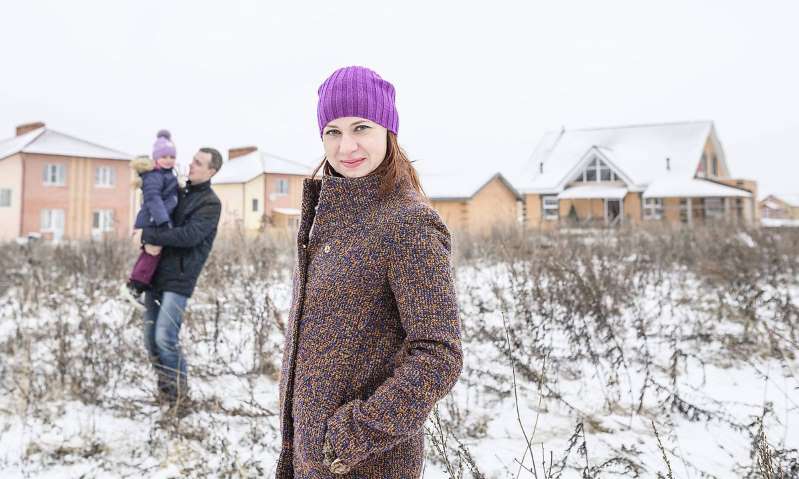![A pension splitting needs to be carefully considered [premium]](/wp-content/uploads/2021/02/ein-pensionssplitting-will-wohluumlberlegt-sein-premium-ece037e.jpg)
Vienna. Suddenly the children are there and nothing is like it was before – parents know that. The mother takes parental leave, the father, if so, only for a month or two. She then worked part-time for many years and he continued his career full-time. This is what the common family model in Austria looks like. Three quarters of women with children under 15 work part-time, but only six percent of men. For many women, the result is a significantly lower income and less pension.
In the old pension law, the effects were manageable: The pension amount was calculated on the basis of the 15 “best” years. In 2014, the pension account was switched to. The calculation period will now be increased step by step, from 2028 it will be 40 years and thus almost a whole working life. Many years of low income have a one-to-one impact on retirement.
This can be remedied by pension splitting: the higher-earning parent can transfer up to 50 percent of their annual pension contributions to their pension account to the parent who is mainly devoted to raising children. The pension splitting is hardly used: In the past ten years, the pension insurance company only processed 2,795 cases, most of them last year with 951.
The basis for the credit to the pension account is the gross annual salary including special payments. Of this, 1.78 percent are credited per month. With a gross monthly salary of 4,000 euros, that's 996.8 euros per year (with 14 monthly salaries). The sum of all paid contributions divided by 14 results in the amount of the monthly pension.
Splitting in the first few years
In the case of splitting (this applies to married couples and partners), the mainly working parent can assign up to half of their partial credit to the partner who is mainly responsible for raising children. To stick with the example above, the man transfers half of his credits to his wife. This means that both receive EUR 498.4 credit for one year. This credit leads to a monthly pension of 35.6 euros.
The splitting can be used for the first seven years after the birth of the child. If this is exhausted and the salary remains the same during this time, the partner's monthly pension increases by 249.2 euros. The man's pension drops to the same extent. If the woman is the main breadwinner and the man is mainly devoted to the children, it works the other way round, too. Splitting can be requested up to the child's tenth birthday, i.e. retrospectively.
Government plans automatism
The turquoise-green coalition wants to reform pension splitting. The current model, in which you have to apply for it yourself, is to be replaced by an automatic mechanism. There should be a one-time opportunity to unsubscribe (opt-out). The number of users is likely to increase suddenly, which behavioral economists justify with the “status quo effect”: People tend to stick to the option given when they have different choices.
In any case, the government plans should still cause discussions – publicly, but also within families. “That would be a major encroachment on property rights and lead to uncertainty,” says Pia Zhang, pension expert at the Chamber of Labor (AK) and calls for a “broad public debate”. She recommends that all couples ask the pension insurance company to make an advance calculation. Whether or not to take advantage of splitting is a “very personal decision”. Especially since it is not a valid remedy for the poverty of women in old age. “There is only a redistribution within the couple and does not change the problem that women have significantly lower pensions for various reasons,” says Zhang. Women who retired in 2019 received an average gross monthly pension of 1393 euros, men 2329 euros.
In old age, pension splitting can increase a couple's household income. In a progressive tax system like Austria's, the tax burden increases proportionally to income. If, to put it bluntly, each partner receives a pension of EUR 1,500 instead of EUR 3,000, this means a monthly increase in family income of around EUR 500 net due to the lower tax burden, calculates Bernhard Geiger, partner at Deloitte Austria. “Then I optimize the family income.”
It gets tricky when the relationship breaks up – because once you've decided on it, splitting cannot be reversed. With a divorce rate of 40 percent you should definitely consider that.

